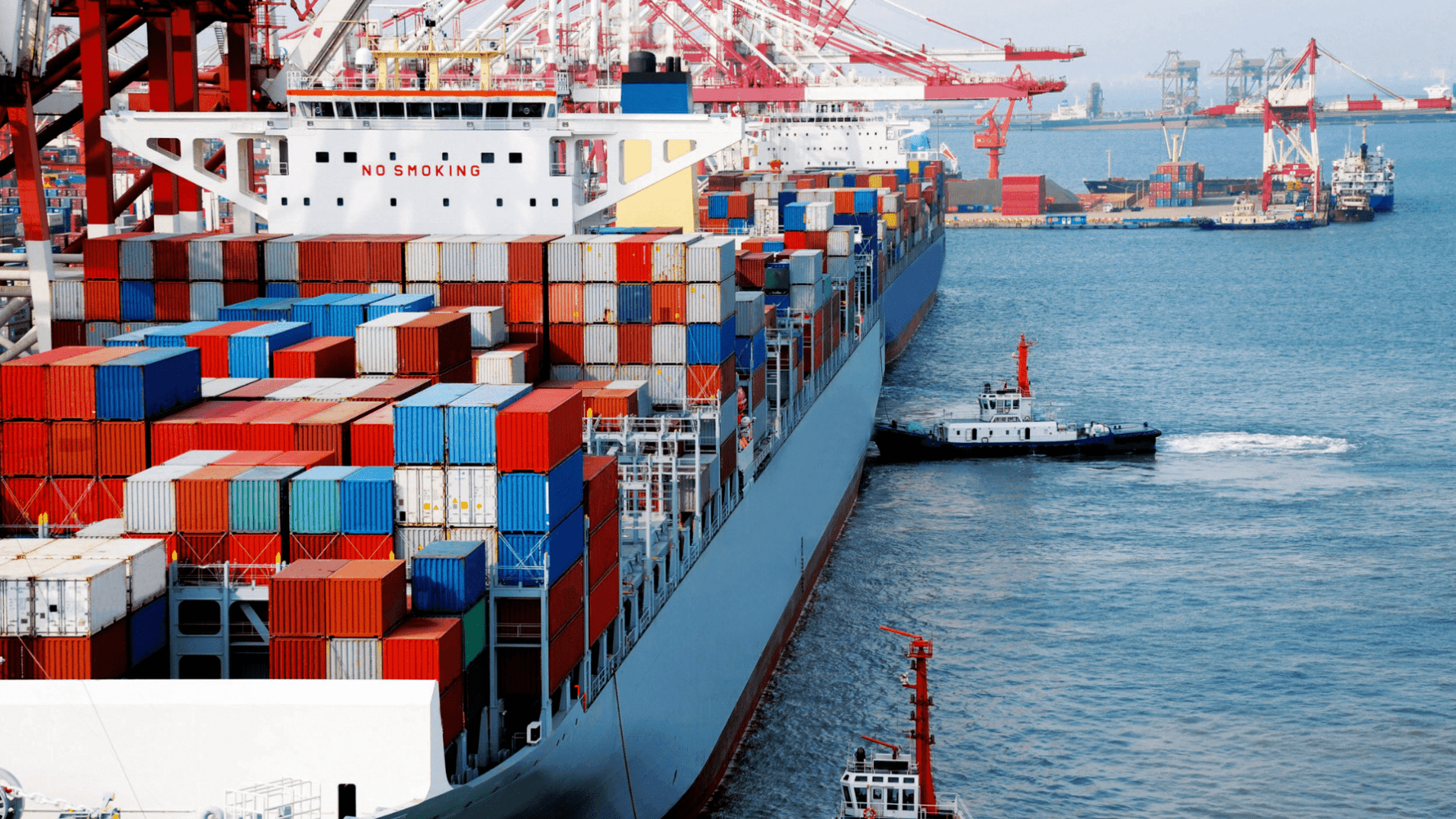
Enhancing Maritime Security Through OSINT: A New Era of Strategic Foresight
The global maritime industry is facing a transformation. No longer defined solely by natural challenges or market forces, today’s seafaring operations are being shaped by a volatile mix of geopolitics, economic warfare, and strategic maneuvering. Shipping is no longer just a commercial function—it has become a frontline asset in global conflict, policy enforcement, and competitive statecraft.
Tariffs, sanctions, and targeted attacks on commercial routes have turned shipping lanes into contested zones. Shadow fleets evade detection, state-owned vessels blur the lines between civilian trade and military projection, and maritime chokepoints are weaponized with growing frequency. This is the new operational landscape—and navigating it requires intelligence that is as dynamic as the risks themselves.
A Shift in Threat Paradigms
Modern maritime risks are not only increasing in complexity—they are actively evolving. Once theoretical threats like shadow fleets or covert cargo missions are now daily concerns. Vessels operated by sanctioned entities frequently manipulate ownership records, obscure their locations through transponder spoofing, or disable AIS entirely to evade scrutiny.
Meanwhile, infrastructure developments such as state-sponsored maritime surveillance systems and dual-use commercial fleets point to broader strategic intentions, not just economic efficiency. In emerging trade corridors—from the Arctic to the South China Sea—vessel movements increasingly carry geopolitical weight. This raises the stakes not just for compliance, but for safety, continuity, and long-term viability.
Even technological advancements—like nuclear-powered cargo ships or satellite-based tracking manipulation—are double-edged. They promise progress, but also challenge the norms of maritime enforcement, attribution, and international accountability.
A New Risk Framework for a New Maritime Age
Traditional risk assessments are no longer sufficient. Today, it’s not just about cargo contents or destinations, but vessel origins, ownership chains, and the jurisdictions under which ships operate. Companies must also assess how these vessels are perceived by global regulators and intelligence communities.
In practical terms, this means that a vessel slated for a routine shipment could be denied insurance, impounded, or blacklisted overnight due to shifting sanctions or political realignments. Contracts become liabilities when policy changes alter the legal status of routes or counterparties. The volatility is no longer theoretical—it’s operational.
To mitigate this, maritime operators require a broader intelligence framework. One that can track the ripple effects of government action and anticipate strategic changes before they impact cargo schedules or compliance profiles. This is where Open-Source Intelligence (OSINT) proves invaluable.
OSINT: Turning Public Data into Strategic Insight
OSINT leverages publicly available data—satellite imagery, ship registries, port records, customs documents, social media, and more—to create a real-time intelligence picture. Unlike classified data or proprietary surveillance, OSINT offers scalable, legal visibility into a broad range of maritime risks.
With OSINT, shipping organizations can:
• Track vessel ownership and flagging anomalies, often indicative of evasion tactics or attempts to circumvent sanctions.
• Monitor dark activity where ships disable or manipulate AIS data, vanishing from traditional surveillance systems.
• Identify patterns in port behavior, transhipment hubs, and crew assignments that suggest connections to illicit networks.
• Forecast geopolitical disruptions by analyzing open-source indicators such as military exercises, regulatory updates, or strategic port acquisitions.
This intelligence doesn’t just support compliance—it enables prediction. A vessel linked to a state-owned logistics platform, flagged through a high-risk jurisdiction, or operating near a contested maritime zone should raise strategic questions—questions that OSINT can help answer before they become liabilities.
OSINT as an Operational Imperative
The line between business and geopolitics is no longer distinct in the maritime sector. Trade disruptions can now be triggered by diplomatic retaliation, strategic posturing, or enforcement shifts. As a result, shipping companies must operate with the same situational awareness that governments demand of their military and intelligence services.
By integrating OSINT into voyage planning, risk assessments, and insurance underwriting, maritime stakeholders can:
• Anticipate supply chain disruptions
• Avoid reputational damage
• Reduce exposure to legal and financial penalties
• Protect both assets and personnel from emerging threats
Those who embrace this intelligence-led approach will be positioned to operate with agility and confidence in a world of contested logistics. Those who don’t risk being blindsided by the next crisis—whether it comes in the form of a surprise sanction, a cyberattack on navigation systems, or a vessel seizure in politically unstable waters.
Intelligence as Navigation
The global shipping industry now sails through far more than just unpredictable weather. In today’s operating environment, geopolitical dynamics, regulatory overreach, and asymmetric threats define the maritime risk landscape. OSINT is no longer a luxury—it is an essential navigational tool.
In the storm of modern maritime operations, foresight is the only safe harbor. And OSINT is how the industry gets there.
For tailored assistance and end-to-end support, contact us at enquiries@priavosecurity.com.
